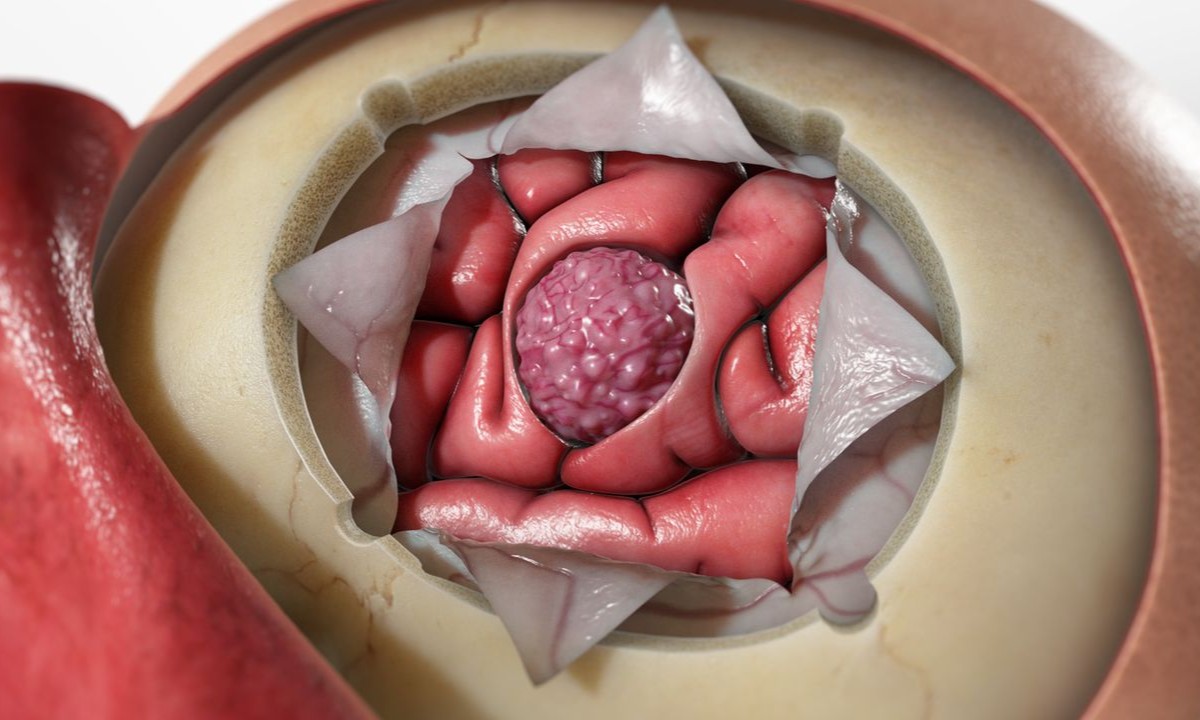
What is a craniotomy? A craniotomy is a surgical procedure where part of the skull is removed to access the brain. This operation is often performed to treat brain tumors, aneurysms, or traumatic brain injuries. Surgeons carefully cut through the scalp and skull, then replace the bone flap after the procedure. Why is it important? Craniotomies can be life-saving, allowing doctors to remove harmful growths or relieve pressure on the brain. Who needs it? Patients with severe head injuries, brain tumors, or certain neurological conditions may require this surgery. Understanding the basics of craniotomy helps demystify a complex yet crucial medical procedure.
What is a Craniotomy?
A craniotomy is a surgical procedure where a section of the skull is removed to access the brain. This procedure is often performed to treat brain tumors, aneurysms, or traumatic brain injuries. Here are some fascinating facts about craniotomies.
-
The term "craniotomy" comes from the Greek words "kranion" (skull) and "tome" (cutting).
-
Craniotomies have been performed for thousands of years, with evidence dating back to ancient civilizations like the Incas.
-
Modern craniotomies use advanced imaging techniques like MRI and CT scans to guide surgeons.
-
The bone flap removed during a craniotomy is usually replaced after the surgery.
-
In some cases, the bone flap is not replaced immediately, a procedure known as a craniectomy.
Reasons for a Craniotomy
Craniotomies are performed for various medical reasons. Understanding these reasons can help demystify the procedure.
-
Brain tumors are one of the most common reasons for a craniotomy.
-
Aneurysms, or weakened blood vessels in the brain, often require a craniotomy for repair.
-
Traumatic brain injuries, such as those from car accidents, may necessitate a craniotomy.
-
Some epilepsy patients undergo craniotomies to remove the part of the brain causing seizures.
-
Infections like brain abscesses sometimes require surgical intervention through a craniotomy.
The Procedure
The craniotomy procedure itself is complex and involves several steps. Here are some key aspects.
-
Patients are typically under general anesthesia during a craniotomy.
-
Surgeons use a special drill to create burr holes in the skull.
-
A saw is then used to cut between the burr holes, creating a bone flap.
-
The dura mater, a protective membrane around the brain, is carefully opened.
-
Surgeons use various tools, including microscopes, to perform the necessary brain surgery.
Recovery and Risks
Recovery from a craniotomy can be lengthy and involves several stages. There are also risks associated with the procedure.
-
Hospital stays after a craniotomy can range from a few days to several weeks.
-
Physical therapy is often required to help patients regain strength and coordination.
-
Cognitive rehabilitation may be necessary for those who experience memory or speech issues.
-
Infection is a risk, as with any surgical procedure.
-
There is also a risk of bleeding or swelling in the brain post-surgery.
Historical Facts
Craniotomies have a rich history, with many interesting developments over the centuries.
-
The ancient practice of trepanation, where holes were drilled into the skull, is considered a precursor to modern craniotomies.
-
In the 16th century, Ambroise Paré, a French surgeon, advanced the practice by using craniotomies to treat head injuries.
-
The first successful removal of a brain tumor via craniotomy was performed in 1884 by Dr. Rickman Godlee.
-
During World War II, craniotomies became more common due to advancements in neurosurgery and the need to treat head injuries.
-
The development of antibiotics significantly reduced the risk of infection in craniotomy patients.
Technological Advances
Modern technology has greatly improved the safety and effectiveness of craniotomies.
-
Intraoperative MRI allows surgeons to get real-time images of the brain during surgery.
-
Computer-assisted navigation systems help guide surgeons with pinpoint accuracy.
-
Advanced surgical tools, like ultrasonic aspirators, can remove tumors without damaging surrounding tissue.
-
Robotic-assisted surgery is becoming more common in neurosurgery, including craniotomies.
-
Laser technology is sometimes used to precisely cut brain tissue.
Interesting Tidbits
Here are some lesser-known but intriguing facts about craniotomies.
-
Awake craniotomies are performed while the patient is conscious to ensure critical brain functions are not affected.
-
Some patients report strange sensations or memories during awake craniotomies.
-
The bone flap is sometimes stored in the patient's abdomen if it cannot be immediately replaced.
-
Craniotomies are sometimes performed as emergency procedures to relieve pressure on the brain.
-
Surgeons often use tiny screws and plates to secure the bone flap after surgery.
-
The success rate of craniotomies has significantly improved over the years due to advancements in medical technology and surgical techniques.
Final Thoughts on Craniotomy
Craniotomy, a complex yet life-saving procedure, has a rich history and continues to evolve with advancements in medical technology. Understanding the importance of craniotomy helps demystify the process, making it less intimidating for patients and their families. From ancient trepanation practices to modern-day neurosurgery, the journey of craniotomy showcases human ingenuity and resilience.
Knowing the facts about craniotomy can empower individuals facing this procedure, providing them with the knowledge to make informed decisions. Whether it's the meticulous planning involved, the various techniques used, or the potential risks and benefits, every aspect of craniotomy plays a crucial role in patient care.
Stay curious and informed about medical advancements, as they continually shape the future of healthcare. Craniotomy remains a testament to the incredible progress in the field of neurosurgery, offering hope and healing to countless individuals.
Was this page helpful?
Our commitment to delivering trustworthy and engaging content is at the heart of what we do. Each fact on our site is contributed by real users like you, bringing a wealth of diverse insights and information. To ensure the highest standards of accuracy and reliability, our dedicated editors meticulously review each submission. This process guarantees that the facts we share are not only fascinating but also credible. Trust in our commitment to quality and authenticity as you explore and learn with us.
